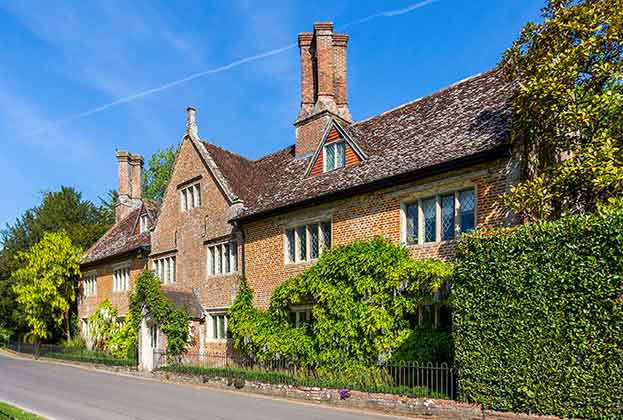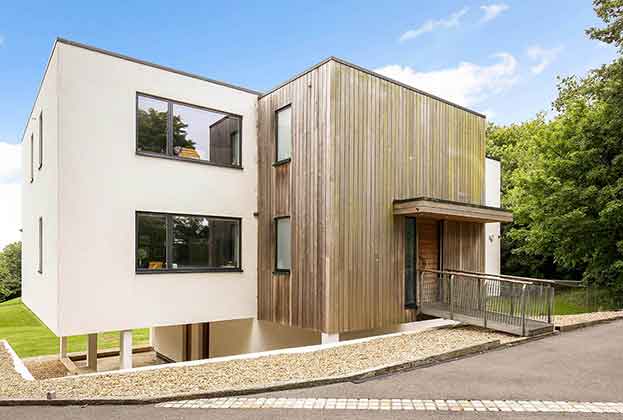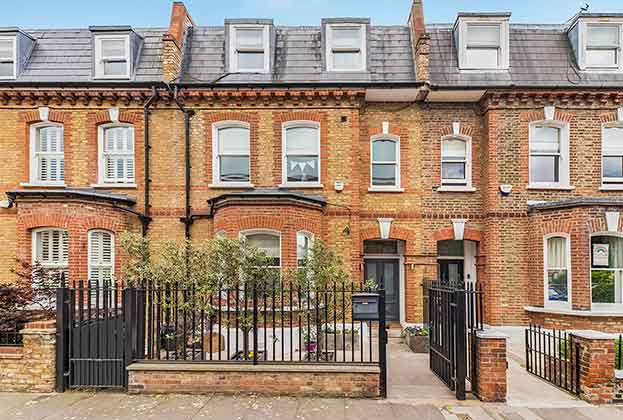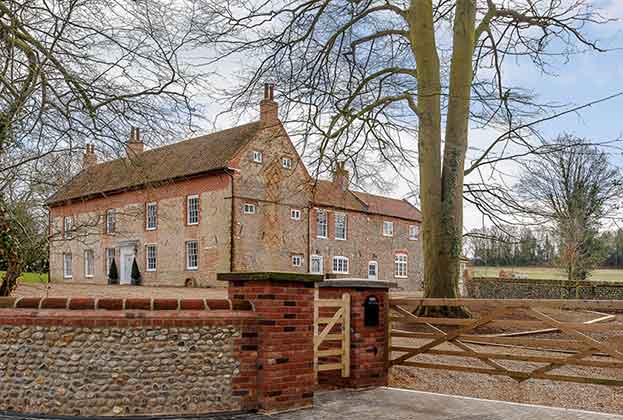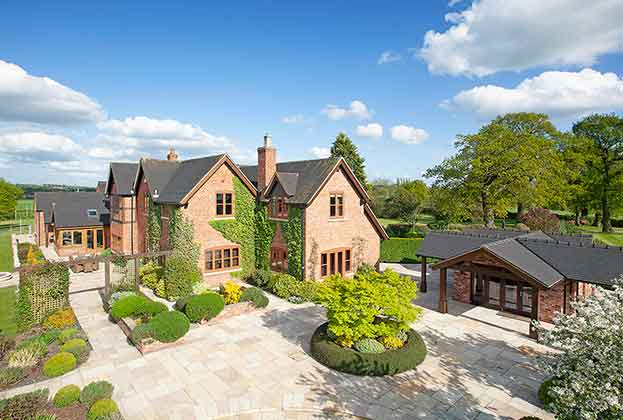Buyers are heading out to the country, thanks to a renewed appetite for space and a market that is undervalued compared with London
A challenging backdrop
Followers of our research have probably wondered why we haven’t had more to say about the top end of the country house market – property priced above £2 million. Whether it was the spectre of a mansion tax, the successive increases in stamp duty or just general political and economic uncertainty, this rarefied part of the market seemed perpetually under siege for a number of years. Consequently, it has remained price sensitive, with property values falling by 7.7% since the first of successive stamp duty changes some six years ago.
Into recovery
However, the country house market is showing tentative signs of recovery: buyers are back, vendor confidence is rising and prices ticked up by an average of 0.3% in the three months to the end of June, the first quarterly growth since spring 2017. This upturn comes amid the wider recovery seen across the prime UK housing market since it reopened in England in May. Indeed, the number of buyers registering with our country offices outside London more than doubled in July 2020 compared with July 2019. More specifically, Savills Country Department has almost three times as many registered buyers as in 2019. Despite more demand, a lack of stock remains the biggest constraint in this traditionally undersupplied market.
Drivers of demand
The key driver of demand, particularly from town and city dwellers, has been the renewed appetite for space, mainly as a result of the lockdown. More garden and outdoor areas – as well as homes with a separate space to work – are currently top of buyer wish lists, as they look to rediscover the pleasures of country living.
Value for money
Despite the quarterly price growth, country house values remain on average 21.4% below the peak of 2007. That sits in stark contrast to London, where prices of £2 million+ homes are 11% above that previous high point, a figure that underscores the relative value on offer in the country, particularly when property size is considered.
Our analysis of Savills properties that have sold for £2.5 million since the beginning of 2019 shows that the average size outside London was 6,070 sq ft, compared with 2,913 sq ft in the capital, a difference of 108%.
Outlook
Across the country, the price gap between properties in urban and surrounding areas has begun to narrow, as buyers consider life in the countryside. But due to the discretionary nature of the country house market above £2 million, appropriate pricing is key to sustaining current momentum, particularly given the prevailing economic uncertainty, which we expect to slow the market in the latter part of the year before a more sustained pickup as concerns around Covid-19 and Brexit ease. Overall, this exclusive market will continue to create compelling buying opportunities which should underpin a long-term recovery.
Which regions are leading the recovery and which ones represent the best value?
The leaders
.jpg)
Preston Place, Cirencester, Gloucestershire
Well-known for its rural landscape dotted with traditional stone-built villages, historic towns and stately homes, the Cotswolds enjoys a longstanding reputation as one of the country’s most desirable places to live.
This hotspot has led the country house market recovery, registering a 2.0% rise in value in the three months to the end of June.
Other locations that have bucked the trend are those within easy reach of London. This includes the relatively undervalued East of England, where country house values went up by 1.2%.
Holding steady
.jpg)
Cherry Tree Farm, Woore, Cheshire
A desire for space has caused homeowners in central London to look to outer London locations and beyond, notably the Home Counties and the South East, where country house values saw little change in the three months to the end of June.
Local residents in these well-connected areas are also increasingly looking to upsize. Improved confidence, coupled with pent-up demand, has also supported the markets across the Midlands and North of England, with village and accessible country locations experiencing a significant increase in activity. Elsewhere, demand from London buyers looking for main or second homes has strengthened across coastal hotspots of the South West.
Scotland
.jpg)
Gartincaber House, Doune, Perthshire
Easing the lockdown restrictions in Scotland came slightly later. However, since the Scottish market reopened, there has been a strong recovery in activity and the number of buyers with a current London address viewing properties has doubled. These buyers look to use the equity they have built up in their London property to secure a new home and lifestyle north of the border.
Private estates
.jpg)
Portnall Drive, Wentworth, Virginia Water, Surrey
The private estate markets of the Home Counties, epitomised by the neighbourhoods of St George’s Hill and Wentworth, in Surrey, have similar characteristics to prime central London. Like the capital, they have been more exposed to a less welcoming tax environment. That has meant prices have seen bigger adjustments than elsewhere in the country market.
As a consequence, prices have fallen by 33% since the stamp duty changes of December 2014, meaning they now represent real value, especially to dollar-based buyers. Alongside other country markets, values across private estates saw little change in the three months to the end of June.
For more information, please contact a Savills office in your area or arrange a market appraisal with one of our local experts.
Read the articles within Prime UK Residential – Autumn 2020 below
.jpg)
